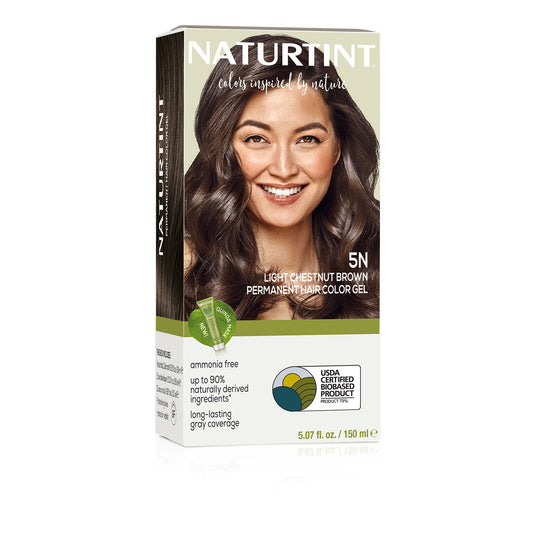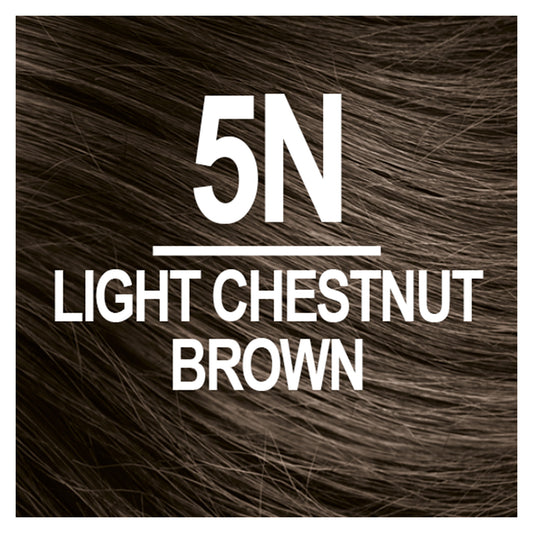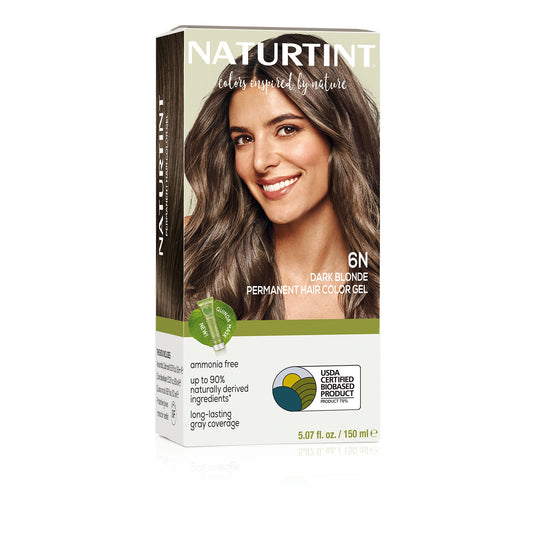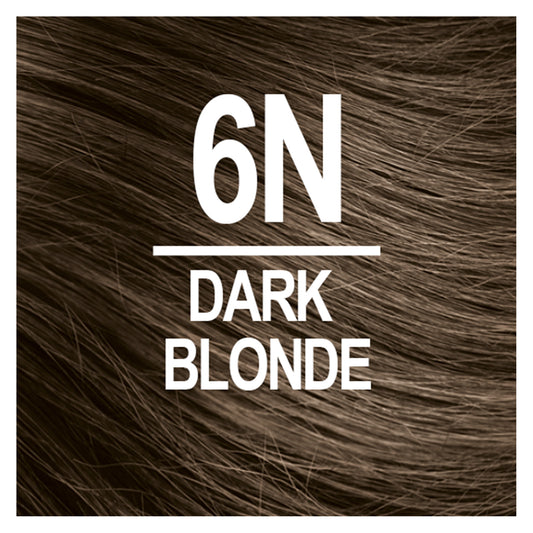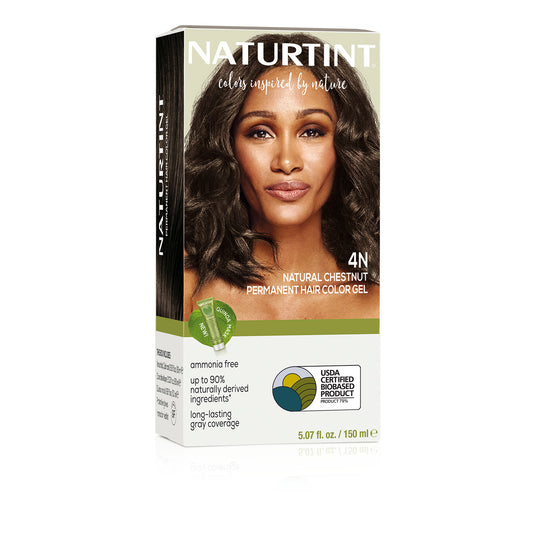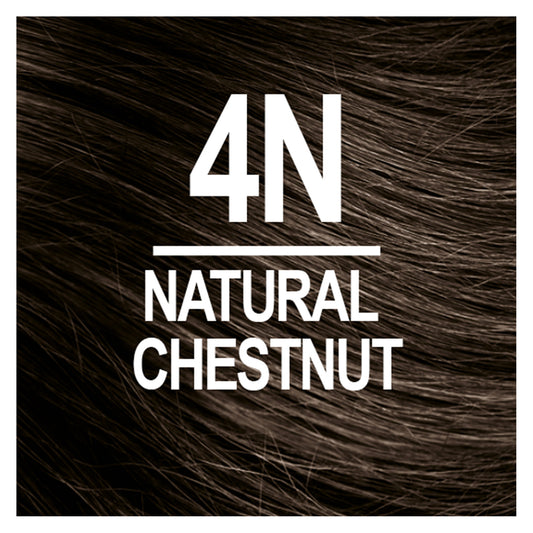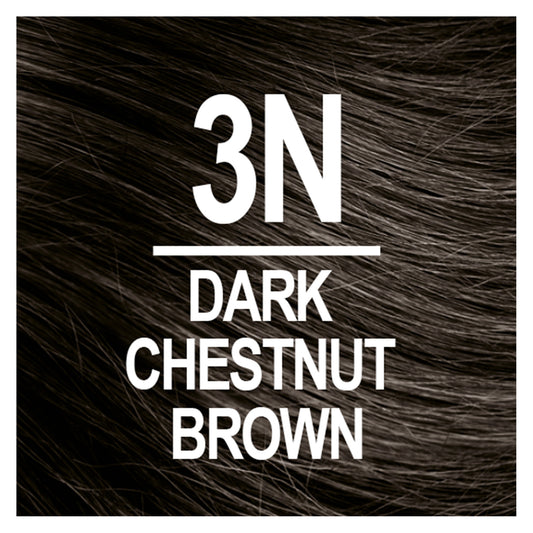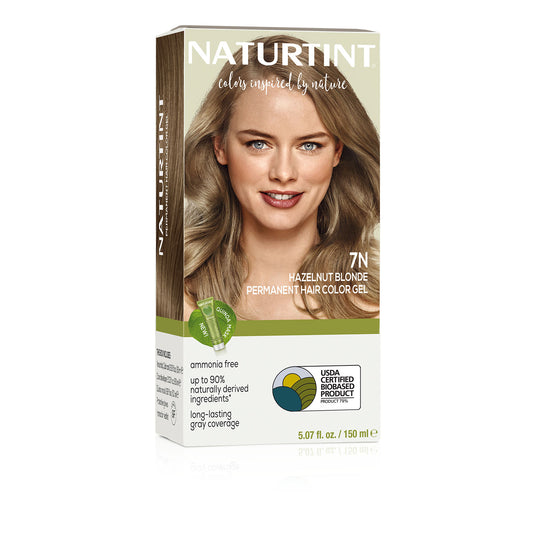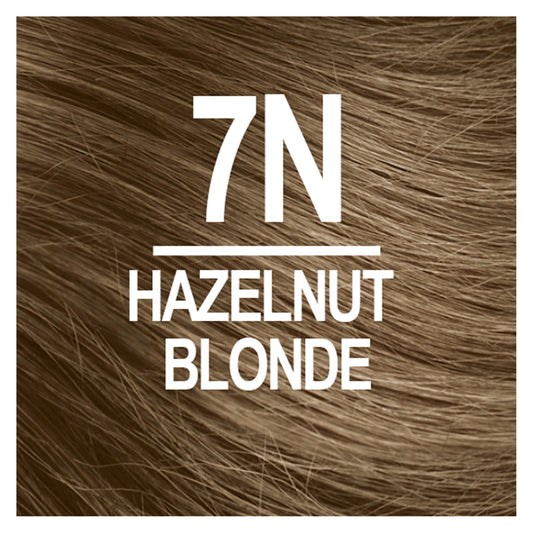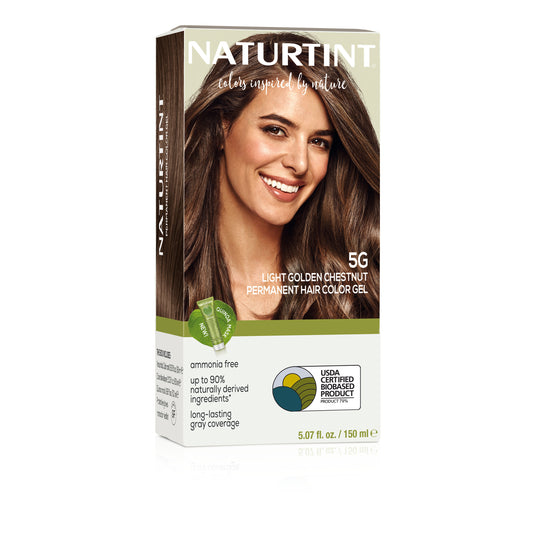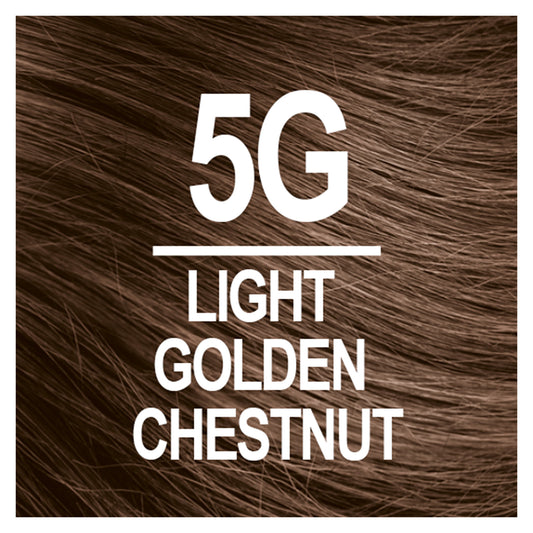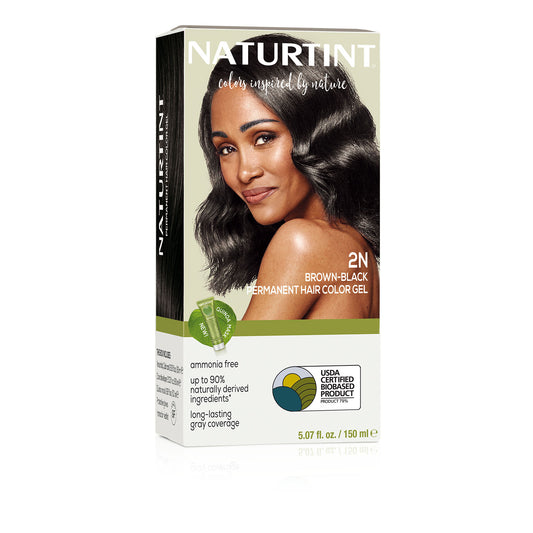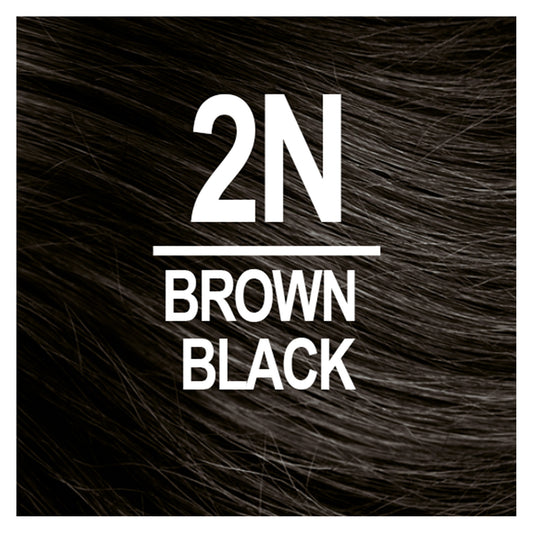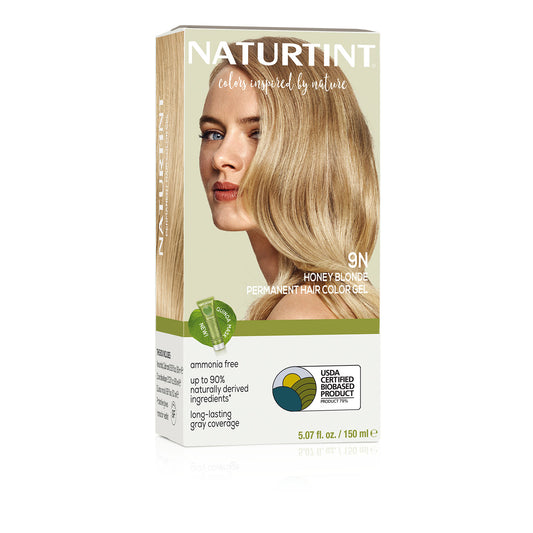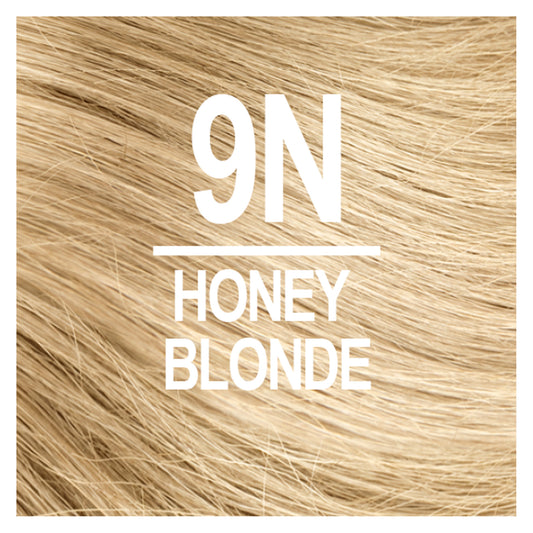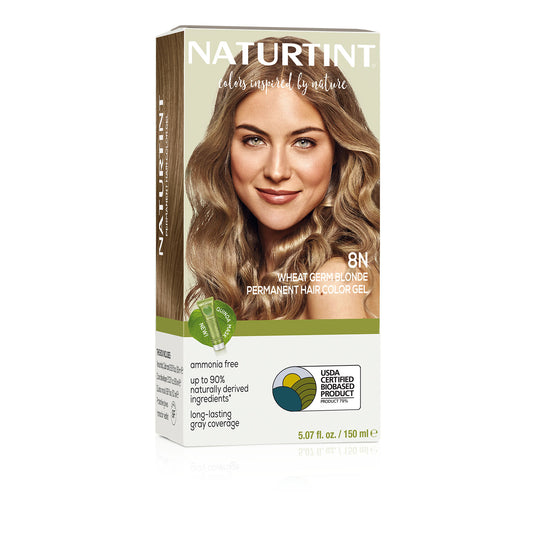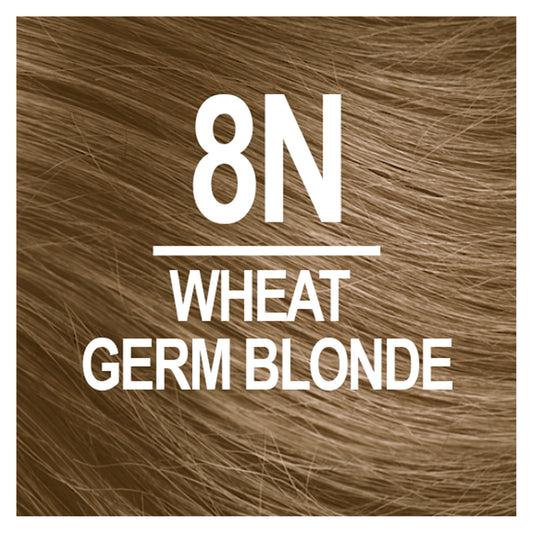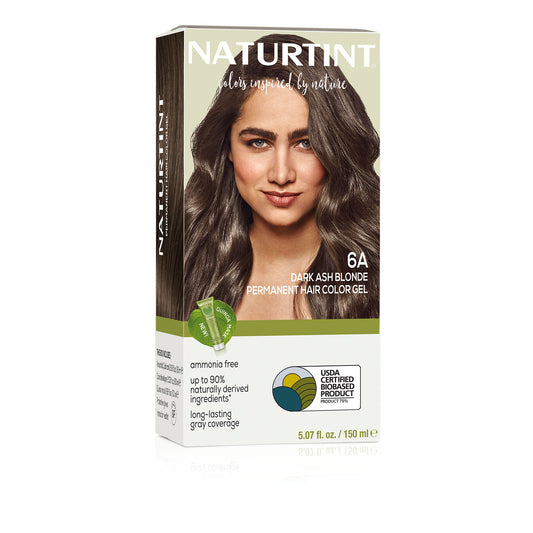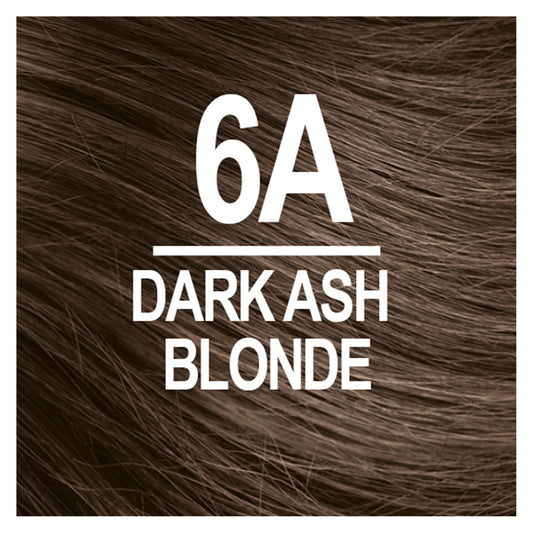Throughout the history of civilizations, hair has come to symbolize everything from beauty and fascination to power and strength. Women have used hairstyles to express themselves and, in some cases, to send a message.
Is there a certain era or hairstyle that sticks out in your mind? Follow along as we walk through hairstyles through history!
Related: The History of Hair Color: Brilliant Color Through the Ages

Hairstyles through history
We can’t argue with the saying that a picture is worth a thousand words – especially when it comes to hairstyles. No doubt, a quick glance at a photo (either on your phone, in a scrapbook, a textbook, or in a magazine) can take you back to a very specific time in your life or an era in history.
From the time of the Ancient Egyptians in 4000 B.C. to the Contemporary Age leading up to the 1920s, hairstyles saw as much as a transformation as they have in the last century. These earlier centuries also marked the use of hairstyles to differentiate class. For example, the Egyptian nobility used sophisticated wigs made of either sheep wool or human hair to stand out from other social classes. And, during Romanticism (900 – 1250 A.D.) noblewomen wore their hair in loose curls as opposed to working-class women who opted for a boyish, short, or chin-length look.
Starting with the 1920s, let’s take a look at hairstyles in recent history and see what’s trending today!

1920s
After many decades marked by trending longer hairstyles, the 1920s are often remembered as the decade women began to cut their hair short. Of all hairstyles, the short bob was the most popular.
Throughout the decade, a variety of bob styles developed. However, it was the short bob with straight bangs and curled sides that really stood out from the rest. To highlight this hairstyle, women used accessories such as felt hats, jeweled pins, hair bows, and headbands.
1930s
During the 1930s, most hairstyles were still on the shorter side. Although, the shorter cut was made softer with lots of waves and curls.
As in the 1920s, the popularity of the bob continued. Women appreciated the ease in maintaining the bob (and styles like the “finger wave”) without having to constantly visit the salon for upkeep.
1940s
Influenced by Hollywood stars, the 1940s saw the rise of “femme fatale” waves. This hairstyle, which featured a glamorous wave covering one side of the face, was one many women chose as a way to give off a more mysterious and sensual vibe.
The 1940s are also remembered for soft, romantic curls and the chignon hairstyle. The hairstyle, which features a low bun at the nape of the neck, was often styled with wavy volume for the bangs. Today, the style remains one you can dress up or down, depending on how formal your desired look is.
1950s
The soft curls of the 40s headed in a more dramatic direction in the 1950s. Many women opted for looks with pinned back curls.
Another style that gained traction was the bouffant, achieved by backcombing hair to add extreme volume (usually at the top and back of the head).
It was also the first time that hair color for at-home application appeared on the market. Thus, beginning a new era of women coloring their hair at home.
1960s
The late 1960s ushered in the start of the “Hippie movement.” As a result, most hairstyles during this decade of hairstyle history were long, straight (or slightly wavy), and parted down the middle. Headbands and florals were also a must to pull off this popular look that expressed peace and love.
1970s
As the disco era began, volume and curls came surging back. The 70s also saw the rise of natural styles – most notably, the afro. The afro was more than a hairstyle, it was an act of expression. A way for Black people to stand up to white beauty standards and embrace their natural locks.
1980s
When we think of the 1980s, two words immediately come to mind: big hair. Hairstyles with lots of volume were widely popular during this decade which meant business was good for hairspray brands.
Big, curly hair was also popular, and it wasn’t uncommon for women to get multiple perms per year.
One of the styles that started in the 80s and have had staying power the past couple of decades is the power ponytail. This hairstyle can be achieved by pulling hair tightly from the face to create a high ponytail look.
1990s
The 90s saw women trade in the big-haired, attention-seeking looks of the 80s for more toned-down styles. This decade made space for short, medium, and long hair of all different styles.
However, when we look back at popular hairstyles through history, easily the most copied hairstyle of the decade belonged to Jennifer Aniston. “The Rachel” consisted of a shoulder-grazing look with face-framing layers and chunky highlights.
early 2000s
At the turn of the century, hairstyles varied like never before. Both long and short hairstyles were popular. Chunky highlights, crimped hair, and butterfly clips all gained popularity at the start of the decade. Short bobs and pixie cuts had their trending moments as well.
2010s until today
Despite the variety of hairstyles, many have shifted more towards a more natural, low-maintenance look. This has also brought about the rise of ombre hair, which replicates natural, sun-kissed waves.
And, trending hairstyles for curly hair have included everything from short to long and bulky curls to a more natural wave.
Of all the hairstyles through history, what decade does your current hairstyle resonate with most? And what styles do you think we’ll see the most in this coming decade?



